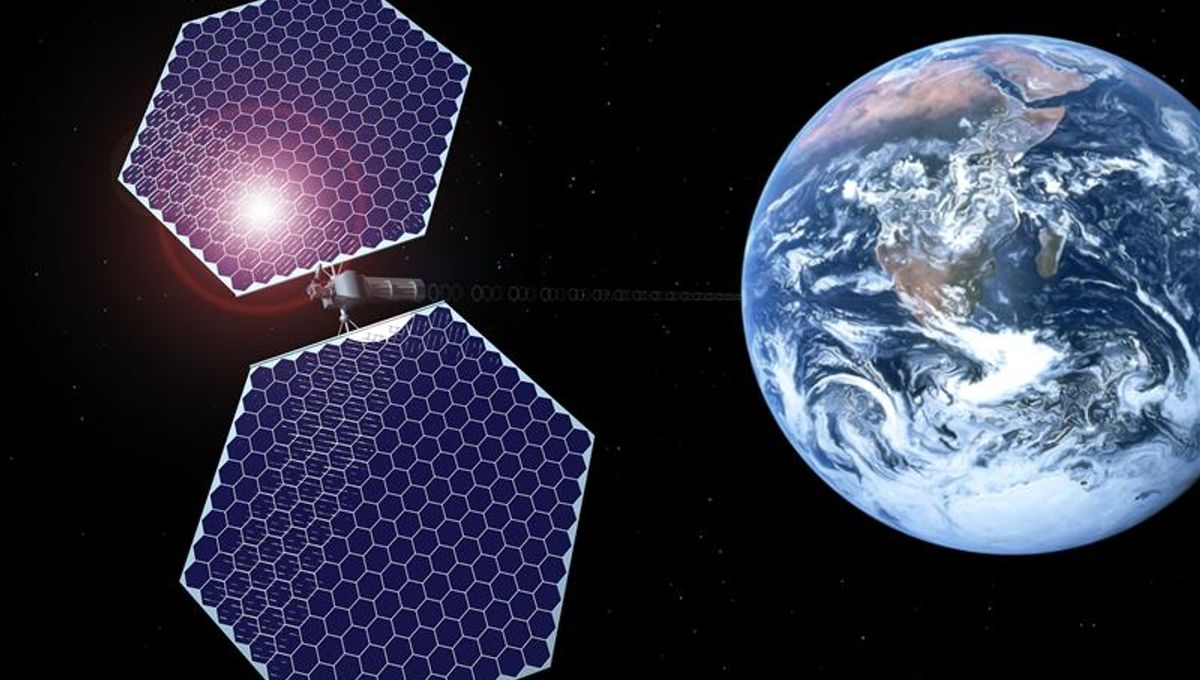UK-based company Space Solar is partnering with Reykjavik Energy and Icelandic sustainability initiative Transition Labs to develop a space-based solar power plant that can deliver about 30 megawatts of electricity – potentially enough to power between 1,500 and 3,000 homes – from 2030. The system will collect sunlight in space through solar panels and then transmit it as radio waves at a specific frequency to a ground station, where it will be converted to electricity for the grid.
The satellite is expected to be scalable and quite big. Even if a full version of their CASSIOPeiA power array is not built, we are talking about the heaviest single object in space that is not a space station, and when all the arrays are splayed out, much larger than the International Space Station.
The company aims to have a scaled-up version of the system in space by 2036, which would supply gigawatts of electricity.



Think of transmitting power using a lightbulb and a solar panel. The tesla method was beaming its power in all directions, like a lightbulb, so a solar panel placed elsewhere would only be catching a tiny amount of the transmitted power. Very inefficient. So instead, we use something more like a laser- we get a collumnated beam of energy we can send straight to our panel, which is much less wasteful. Of course, actually using a laser and a solar panel aren’t ideal because they’re both pretty inefficient, so we use a lower frequency we can work with more efficiently, like microwaves. We still incur some heavy losses doing this though. This also explains why we don’t beam power away from areas with plentiful renewables, line losses in normal grids makes exporting energy to somewhere across the globe infeasible, and the costs of enough space infrastructure to beam power around are way higher than the low return you’d be able to get by converting energy to microwaves and back twice. In fact, the inefficiencies from this process are bad enough that it already makes space based solar economically challenging. Maybe when starship becomes operational and launch costs drop another order of magnitude, it’ll be viable, but until then I think our photovoltiacs are better placed on the ground.